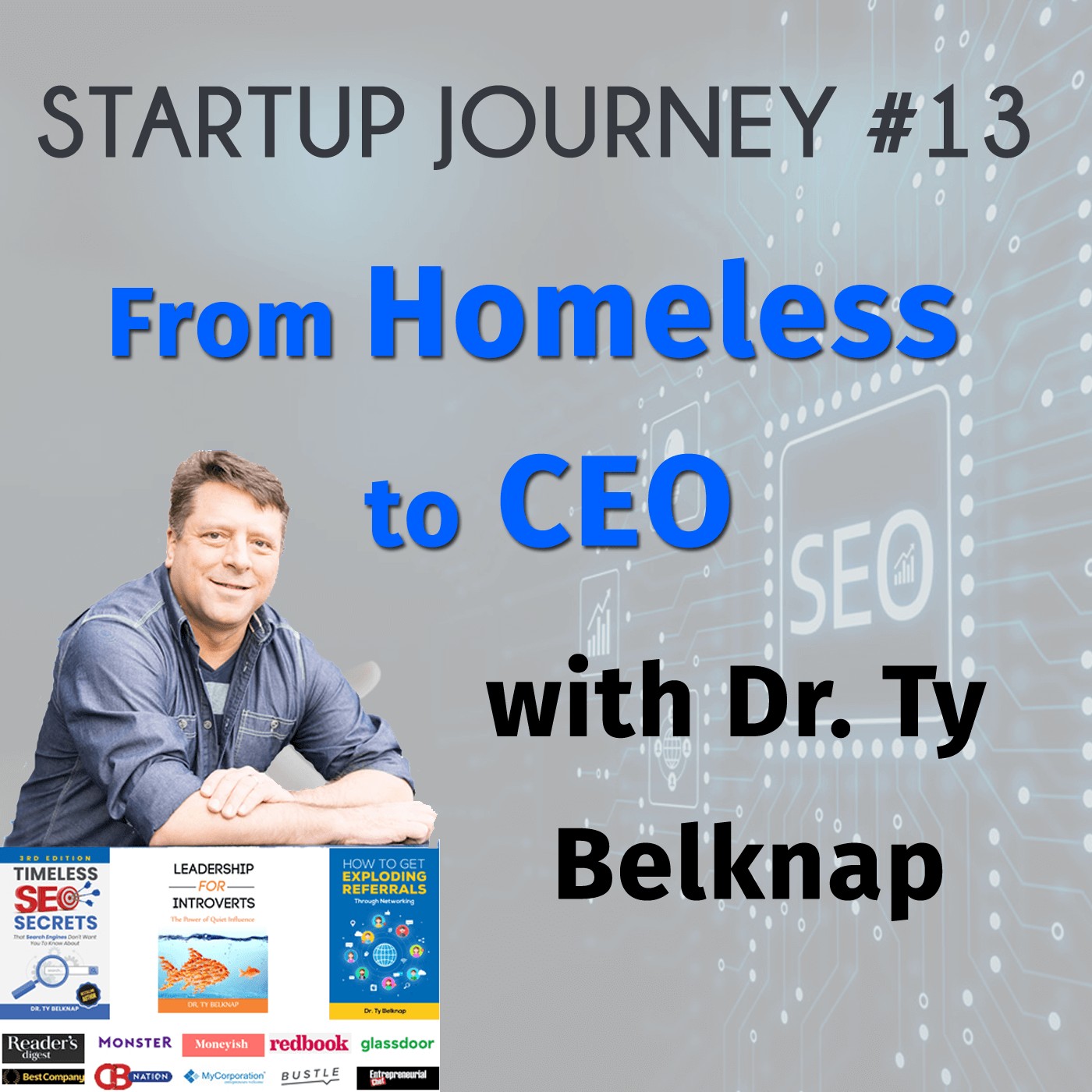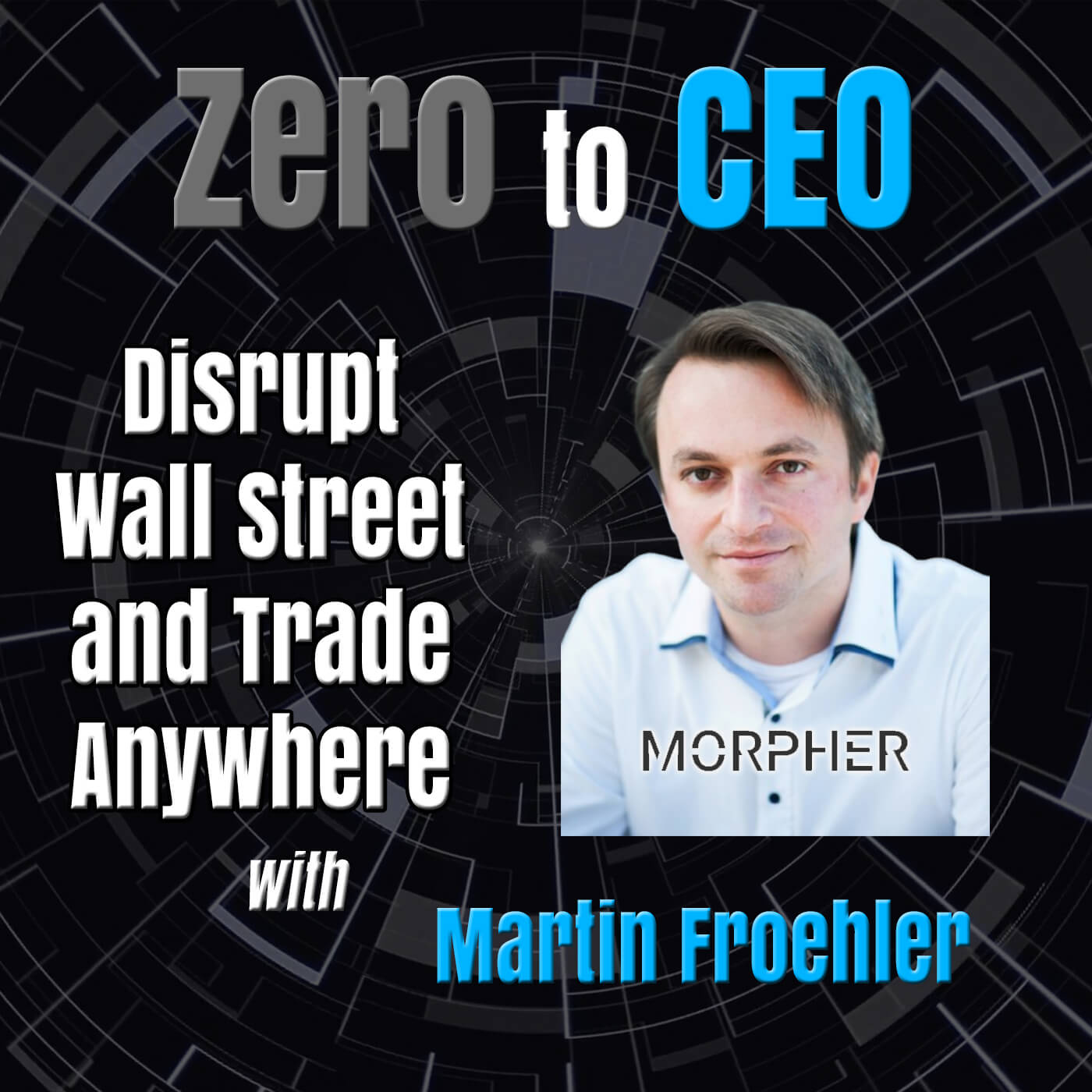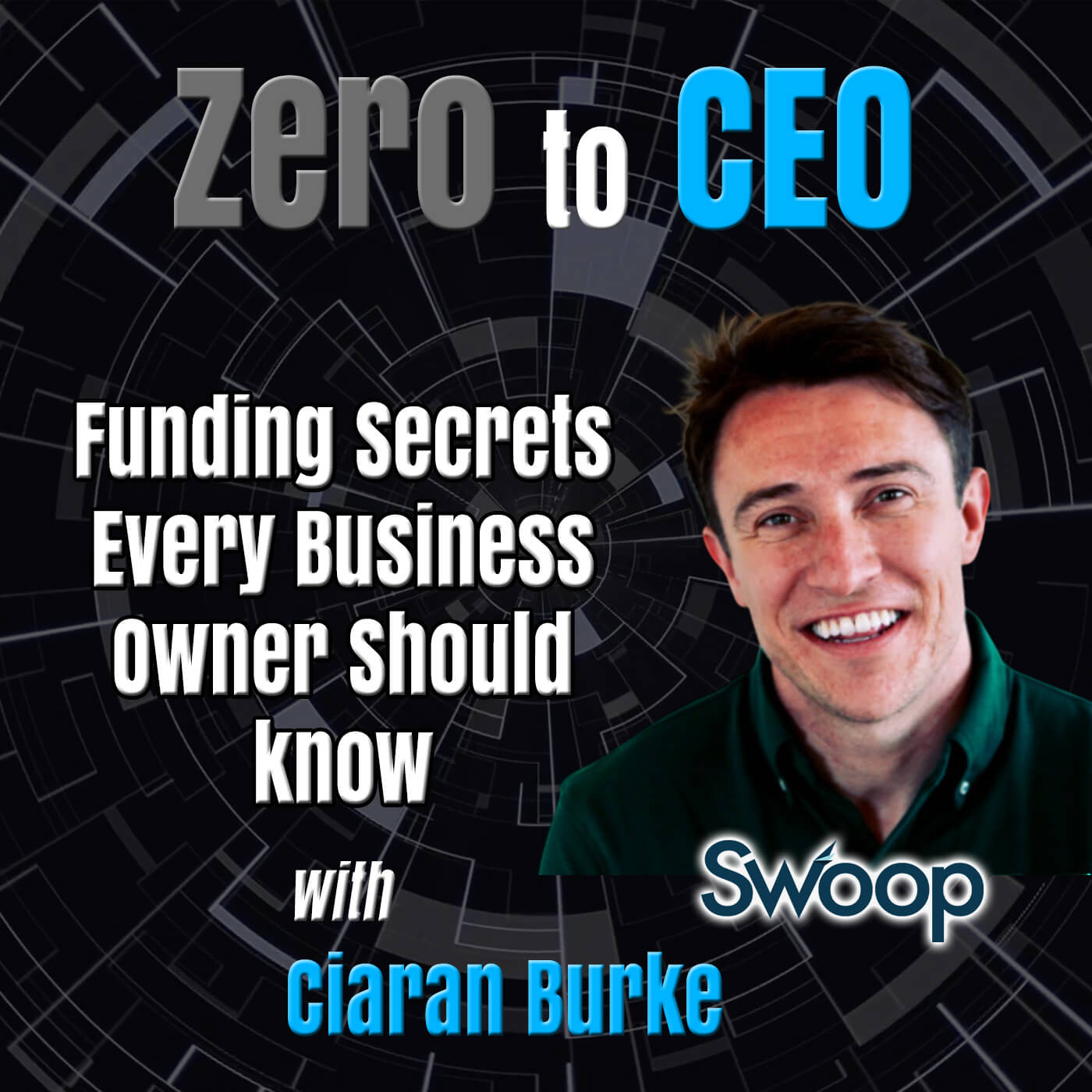How to Monetize products services and platforms

In this episode, I want to explain how you can monetize practically anything. What is monetization exactly? Well it comes from the word money of course, it’s monetizing, which means you’re making money or earning revenue from whatever it is you’re doing. It can be monetizing a mobile app that you built. It could be monetizing a gadget or a product that you’ve invented. Or it can be monetizing a service that you’ve been previously providing for free or as a volunteer. I’ll take you through some real examples of how I monetized products, services, or platforms.
Listen to the Podcast episode here:
Or Watch the Video here:
Here’s the transcript from this podcast episode, please excuse any typos!
The first thing you want to do before you actually put a price tag on something, whether a product or a service or an app, is to figure out how much to charge for that product or that service. Here’s a couple of ways that I’ve done it in the past that I want to give you as an example, as opposed to me just telling you what I think these are actual ways that I’ve used to monetize something.
The first example I’ll give you is going to be for a product, years ago, I tried out by hand at the Amazon FBA, which was basically selling something on Amazon as a third party seller. And the first thing I did before I did that was I looked at the other products in the same category to see what they were selling for and their price point. So I had an idea, okay if I buy the product for this much money and I sell it for this much money, plus the charges that you get from Amazon will I earn enough profit for that item. That’s a very simple way of doing it. But let’s say that you’re not selling on Amazon, let’s say that you invented a new product, and you’re going to put it on say Kickstarter. That’s a good way to figure out how much people are willing to pay for products. Now, again, let’s say you haven’t even gotten to the point of Kickstarter. A lot of people have a new product idea, but they don’t even know what to sell it for in the first place. So here’s where a survey comes in handy, and this is going to be the general theme for most of this episode is talking to people to figure out how much they’re willing to spend on your product or service or your app, revenue generator. In the case of a product, we’ll say that let’s say you invented a new gadget of some sort, and you can maybe 3d Print. An example of it, you know, a prototype. It might not be working, but you can still print it out and kind of show people so they can play with it in their hands. And then, let’s say you go to like a friend and families get together, or you can talk to people via zoom, or you can mail it out to people if it’s cheap enough to send, and say hey look, I’ll give you a five or $10 amazon gift card if you just quickly answer some questions about this product, or if they’re friends and family, they might not ask for any money in return. Okay, with this physical product in their hands. Now they can determine how it feels, etc. And then you can ask them like, well, what if this product did this, this and this, what if these were the functions or features of this product. How much would you be willing to pay for this product, get an answer. Maybe it’s $10, maybe it’s $50 Maybe it’s $100, who knows. Take the majority of that data, the answers you get from people, and then do an average if most people said, $80, but then some people said 20 And then there was a good majority of people who said 40 or 50 or 20, take the average of the numbers based on the percentages, and that’s your number. Maybe it’s $40 Maybe it’s $20 maybe it’s $70 Either way, don’t guess, especially if your product is new and you don’t have anything to base it off of. If there are comparisons online of other products similar to yours, then maybe you can use those comparisons as well. But when it comes to services.
So say you had a skill set and you want to monetize that, that’s totally different, because now you’re, you’re basically monetizing your skills, what people are using you for. And sure, you can charge by the hour based on what you think your value or your worth is. But see I made a mistake. early on in my career. We’re talking 2030 years ago when I first started charging people to help them work with websites or fix their computers. I was charging very little. And I noticed at one point when I was helping people fix their computers or building their computers or helping them with the websites or the computers or whatever. Keep in mind this was the 90s, early 2000s people were still getting used to the idea of the internet, and I might have only been charging like 20 bucks to do something, you know, and this one time I went to a guy’s house, friend of the family needed help with this computer needed help with a whole bunch of different thing basically to teach him how to use the computer how to use the internet, and also I had to fix some things on his computer, but when it was time to leave and he asked me how much he owed me. I told him it was two hours so $40 He handed me $100 bill, and I asked I told him this is too much, you know, is it No, it’s not too much because I didn’t know what I was doing and you helped me and this is what I think it’s worth for you to come out here on a Saturday on your day off and because I had a full time job. So, you know, that day I realized, maybe I’m under charging for my services. So because of that guy, because of that day. He put a value on my service for me, which is what I’ve been saying here, you have to let people put value on your service. So what I started doing, I started to put a flat fee on my service calls of $100 minimum for the first two hours with a $20 charge per hour after that, this way. And here’s this, here’s the genius behind that, I realized that most service calls were only taking me one to two hours, so I was always getting $100 minimum, no matter what, even if I went there and it only took 3030 minutes, and you know if the person was like, Oh, it was only that and blah blah blah. Sometimes not often but sometimes I’d say, Okay, I’ll do it for 50 bucks because it wasn’t that much time, but still I was making more than I was making before at the two hours or $40, so I was still happy taking that discount which made them feel better, but I knew in my mind, I was still getting more than I used to get. But for the majority I was getting 100 hours per service call so I started making a decent amount of money doing this, all because someone put a value on my service. So basically, don’t just put an hourly rate that you think is fair for your services. I mean, a lot of services you do have to put an hourly rate, but sometimes you could just give them a flat fee and say look, I’ll fix whatever it is where I’ll help you with your problem, or whatever it is that you need help with, and you’re going to pay me for my experience and my knowledge, not so much for my time. And that way you can kind of raise the rate a little bit. A lot of people want hourly rates, so take that $100 and cut it into half. So $50 an hour so that way you know you’re getting 100 bucks for two hours, do it that way, that’s fine too. But when it comes to mobile platforms, and websites monetization has a whole new meaning, because now we’re talking about earning money for people clicking on things and doing things on your websites in your mobile apps, how many people playing games on apps where you’re paying for things, how many people pay for premium memberships on dating apps or other apps. People are always upgrading their services on these apps and their accounts to get new features. And that’s the key, is figuring out which features people are willing to pay for and or upgrade to a premium membership. Once again, asking your current users to say you have a free app. Okay, so you have 10,000 people on your app, or 1000 people, or 500 people, or 100 people, it doesn’t matter, send out a survey to these people asking them, Which of these features are you willing to pay for?’ They’ll select whatever features they’re willing to pay for. Next question is, how much are you willing to pay for that feature? Same thing, put different prices like 199 299 599, etc. You’re going to always take the data that you get from these surveys to make your decisions right to tell you how much you think, not only what features people are willing to pay for but how much do I need to pay from. And that’s the important piece.
Then it’s all about pushing it out, pushing an update out there, updating your website to have these features and seeing how many people start paying for those features, or is it being monetized properly, or are no one really is no one really paying for it. If not, why not find out why people are not paying for it, where are they stopping? Is it too expensive? Are you getting a lot of people paying for it, and maybe you could have raised the amount a little bit. Who knows, these are the types of things you have to figure out, But there are tricks to figure out how much people are willing to pay for things and one of the most popular ones I’ve used in the past and this is one I’ve actually used in one of my startups. Instead of implementing the pay feature, because you do have to do a lot of coding or some coding, whether, whether you’re integrating stripe or Paypal or credit cards or whatever you’re doing to not only allow people to start putting their sensitive data into your platform and start paying for something, but you also have to code the front end interface to have, you know, the collection of their information to do the processing and all that stuff. And then of course you have to pay Apple 30% and so on and so forth. If you’re using an iPhone app. Here’s a really cool trick. So instead of doing all that, right, forget about the monetization for a second.
Just put the feature, or what looks like the feature on your app or your website that says, Would you like to upgrade to get, say, 10,003 points or whatever the thing is, where would you like to upgrade to get 30 days of unlimited viewings or whatever the feature is right. And there’s a button that says yes or I’ll buy it or purchase now or whatever, you click the button, which then sends us a notification that says, you know, so and so’s account, clicked on this button, right, and they get an alert that pops up and says, Thank you for letting us know you’re interested in this feature, we will let you know as soon as it’s launched, or as soon as it’s live, so they don’t actually purchase anything. They just, they were about to write, they clicked on the button so they said they’re willing to purchase it, that maybe the price was there it says, Are you know, would you like to upgrade for 199 a month?’’ Yes, boom, click the button, so they’re there, they’re ready to buy it. So you know you get a notification, or you get like data at the end of the day, you have, how many clicks on it, how many people did it, what’s their age range, what’s their gender, what’s their demographic, where do they live, now you know who’s willing to pay for something where they live, who they are all their information. And you didn’t even build anything, you just put a little button there. And now it tells you, let’s say you have 10,000 users here’s the magic. You have 10,000 users, and let’s say, 8500 of them click that button. That’s it. You have your answer, you know that you have to monetize that, you can now launch the feature within you know a couple of weeks or whatever it takes you to code all that push it out there and send that everybody notification that says, Okay, you have previously opted into this feature, would you like to upgrade now and then most of them will probably click yes, because now it’s live, or notification that pops up in the app, it says now that feature is live, feel free to upgrade now, or we’ve automatically given you 30 days free because you’ve opted in, feel free to cancel at any time but you get 30 days free.
That way they’re already opted in, and then if they want to cancel they can cancel or you can do it the other way around, just so you don’t, you know ruffle any feathers. But these are some of the ways you can monetize something or figure out how to monetize something because you should never just be blindly putting something out there for a certain price. If you’ve noticed on Shark Tank, how many times the sharks have grilled the entrepreneurs, because their price point was too high or their price point was too low on the product they were selling. I’ve seen it happen pretty much on every episode at least once an entrepreneur does it, maybe even more than once. It just seems like a lot of times the unprepared entrepreneurs don’t have their price points correct. Monetizing something is a multiple part process. It’s figuring out what you should be monetizing, are people interested in that monetization or that feature or that product or that service. How much are they willing to spend on that feature product or service? And how many people are using it, How many people are paying for it. Are you getting a lot of people because if not, there’s something wrong and you need to figure out what it is. So hopefully this helps you monetize whatever it is you’re building, and I’d love to hear more ideas about monetization in the comments so please leave them for me and I will see everybody in next week’s episode.
This episode is supported by one of the world’s largest cryptocurrency exchange platforms: ByBit. Sign up today and get up to $1000 in bonuses and coupons. You can also join a $400,000 trading competition along
with other contests where you can win bitcoin prizes and so much more! Just go to https://bit.ly/jshermbybit
![]()






